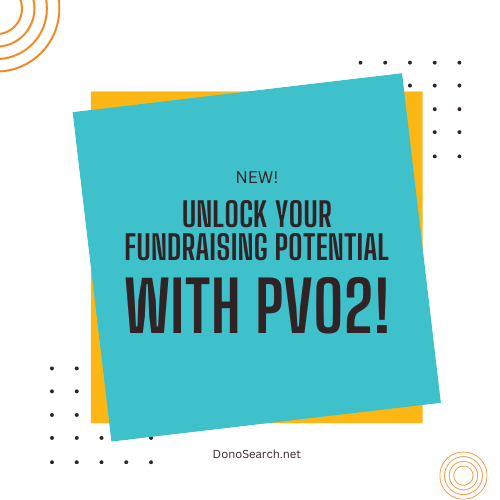
When You’re Inspired, Your Donors Give More
Mar 28, 2022
In our post, Donor-Centered Fundraising Starts with a Culture of Philanthropy: Six Questions to Test Your Readiness, we gave you guiding questions that help you know if you’re ready (and if not, what you should think about) to adopt a Culture of Philanthropy. Best-in-class cultures of philanthropy are centered around four core components:
| 1. Shared responsibility for fundraising | 2. Integration and alignment with mission |
| 3. A focus on fundraising as engagement | 4. Strong donor relationships |
Four Core Components of a Culture of Philanthropy and Suggested Practices
- Shared responsibility for fundraising.
Your entire community staff – physicians, leadership, constituents, board, and volunteers – should see and value their role in fundraising. Not everyone is asking for gifts, but they’re expected to act as ambassadors, building relationships and having the ability to talk about the case for giving (how support helps the organization do its work).
Suggested Practices:
- Make sure that they understand that your organization relies on fundraising in order to continue to deliver care.
- Share “mission moments.” At every staff and board meeting share a recent story about a client, donor or community member and how they are impacted or inspired by the organization’s work. Encourage staff members to share their stories!
- Integration and alignment with the organization’s mission. Fundraising should be a mission-aligned, integrated function of the organization’s overall work – not a standalone function.
Suggested Practices:
- Talk about fundraising as a great opportunity to connect with people with purpose.
- Make training and strategy discussions about fundraising an important part of your board and staff meetings.
- Recruit staff committees to run employee giving campaigns that benefit working programs of the organization.
- Set measurable goals in achieving a strong culture of philanthropy, such as
- Completion of staff-volunteer-run employee giving campaigns that benefit the organization’s programs.
- Set referral goals for your Physician Champion program.
- A focus on fundraising as engagement.
Fundraising is about connecting with constituents through multiple channels and engaging them in multiple ways.
Suggested Practices:
- When planning communications, look beyond how much donors give and personalize the contact with them as much as possible by considering each person’s giving history, aspirations, and preferences.
- Strong donor relationships.
Donors are treated as genuine partners that share the organization’s goals and aspirations and participate in achieving them–through more than just money.
Suggested Practices:
- Keep donors, staff, board, and other constituents updated on the organization’s work, progress, challenges, and accomplishments, including its development efforts.
- Invite donors into your organization, not just for the usual guided tours but also to attend board or staff meetings.

